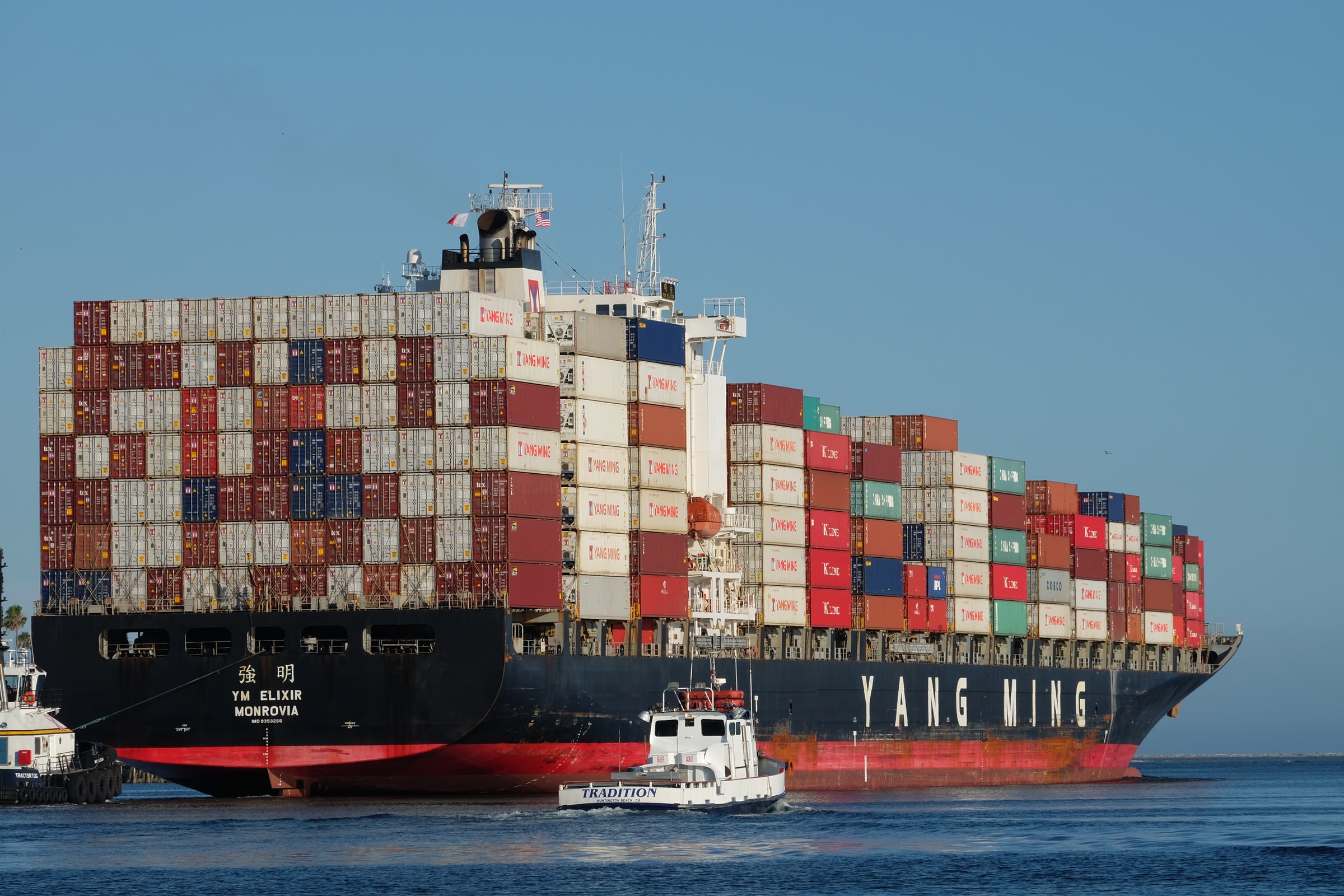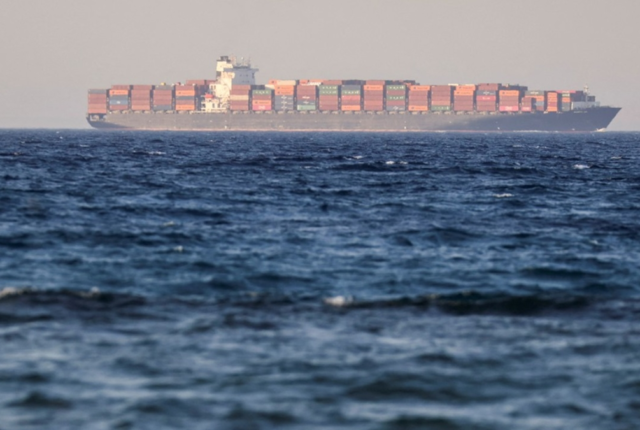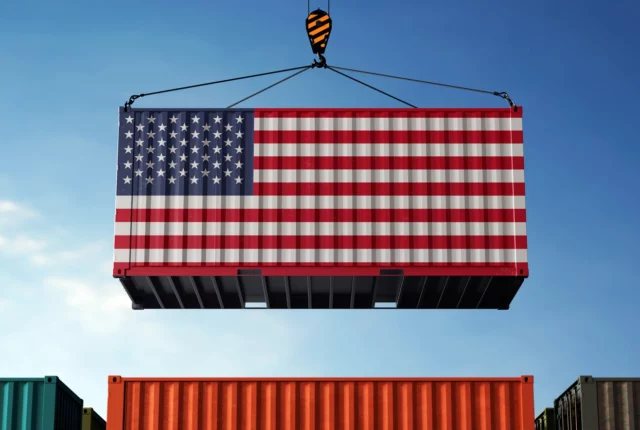
Transshipment: The Movement Of Goods
Transshipment , the movement of goods from an importing ship or aircraft to another ship or aircraft for shipment overseas. Duties and taxes are not payable on transshipped goods.
You can export transshipped goods by a different mode of transport to how they arrived in Australia. For example, transshipped goods may arrive in Australia as air cargo, and be exported as sea cargo.
You need to report transshipped goods to us on the cargo report. You must submit a cargo report through the Integrated Cargo System (ICS). The ICS will recognise goods as transshipped when:
- The cargo report has an Australian port as the discharge port, and
- The destination port is not an Australian port.
- Transshipped goods remain under customs control until you export them. You must submit an Underbond Movement Request (UBMR) to move transshipped goods between Australian ports or airports, or to a depot. For further information, see underbond movement guidelines.
- The ICS will also recognise goods as transshipped when:
- The cargo report has an Australian port as both the discharge port and destination port
- You submit an UBMR and use transshipment as the reason for the request and
- The destination port on the UBMR is not an Australian port
- When the ICS recognises goods as transshipped goods, it will assign the cargo report transshipment status and generate a Transshipment Number.
Reporting
Transshipped goods do not need an import declaration, but must be listed on the cargo report before the goods arrive in Australia.
On leaving Australia, you do not need to lodge an export declaration for transshipped goods. You must report transshipped goods on the outward manifest on export. You can use the Transshipment Number as the Customs Authorisation Number (CAN) on the outward manifest.
For more information on reporting transshipped goods. Please see ICS manuals.






